Dark Corners, a new competition by the Museum of London supported by British Journal of Photography, invites photographers to submit work that explores London after dark. With only a few weeks left to enter, BJP spoke to German photographer Rut Blees Luxemburg, who will be featured in the Museum of London’s major, upcoming photography exhibition, London Nights.
Cities transform at night. Absolved of their conventional function, architectural structures and public spaces acquire new meanings in the darkness. “The night is a space of freedom, where certain demands of the day are temporarily suspended,” says Rut Blees Luxemburg. Since arriving in London almost three decades ago, the photographer has spent her nights exploring the altered spaces of the capital. From towering office blocks to abandoned buildings, her work captures the nocturnal landscape of the city from unusual perspectives.
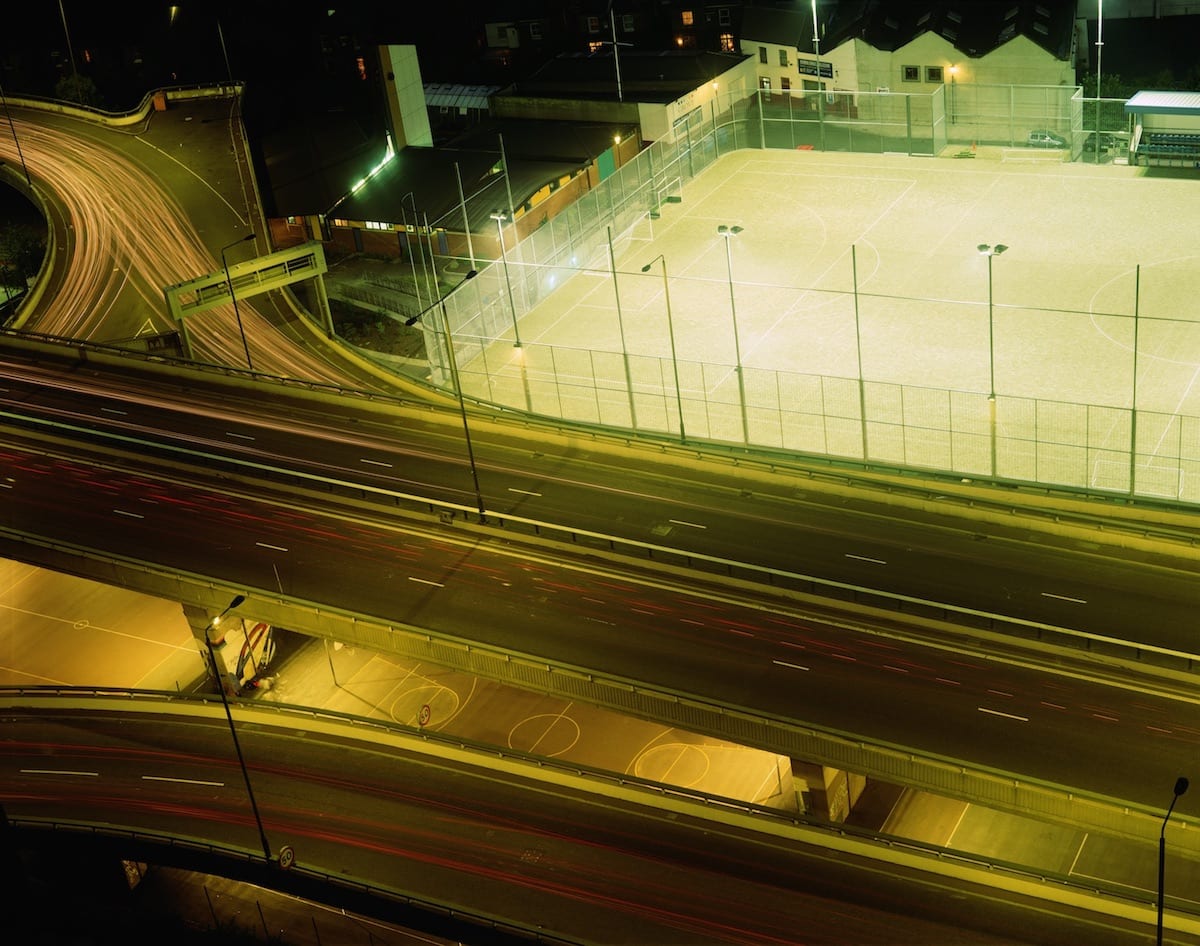
Luxemburg moved to London in 1990 to study photography at the London College of Printing and then the University of Westminster. Having grown up in the German countryside, the photographer was immediately drawn to the fragments of modernity in the city. For Luxemburg, this was epitomised in the high-rise housing estates of London’s East End and the urban ‘autobahn’, the Westway, which she perceived as symbolic of both the tension and potential latent in the evolving cityscape. “I sensed that modern artifices were being scapegoated as dystopian,” she says, “and became interested in capturing the complex energy, exuberance and promise that these urban spaces held.”
In London: A Modern Project, her first body of work about the capital, Luxemburg endeavoured to explore and expose this duality. The project, from which images will feature in the Museum of London’s upcoming exhibition London Nights, captures the urban landscape of mid-1990s London illuminated at night. Shooting with a large-format camera from dramatic angles, Luxemburg bestowed a certain monumentality upon these contested structures. One still – which was immortalised as the cover image of The Streets’ debut album Original Pirate Material – depicts the brutalist facade of an East End council block, while another captures a corporate tennis court bathed in the fluorescent glow of street lamps.
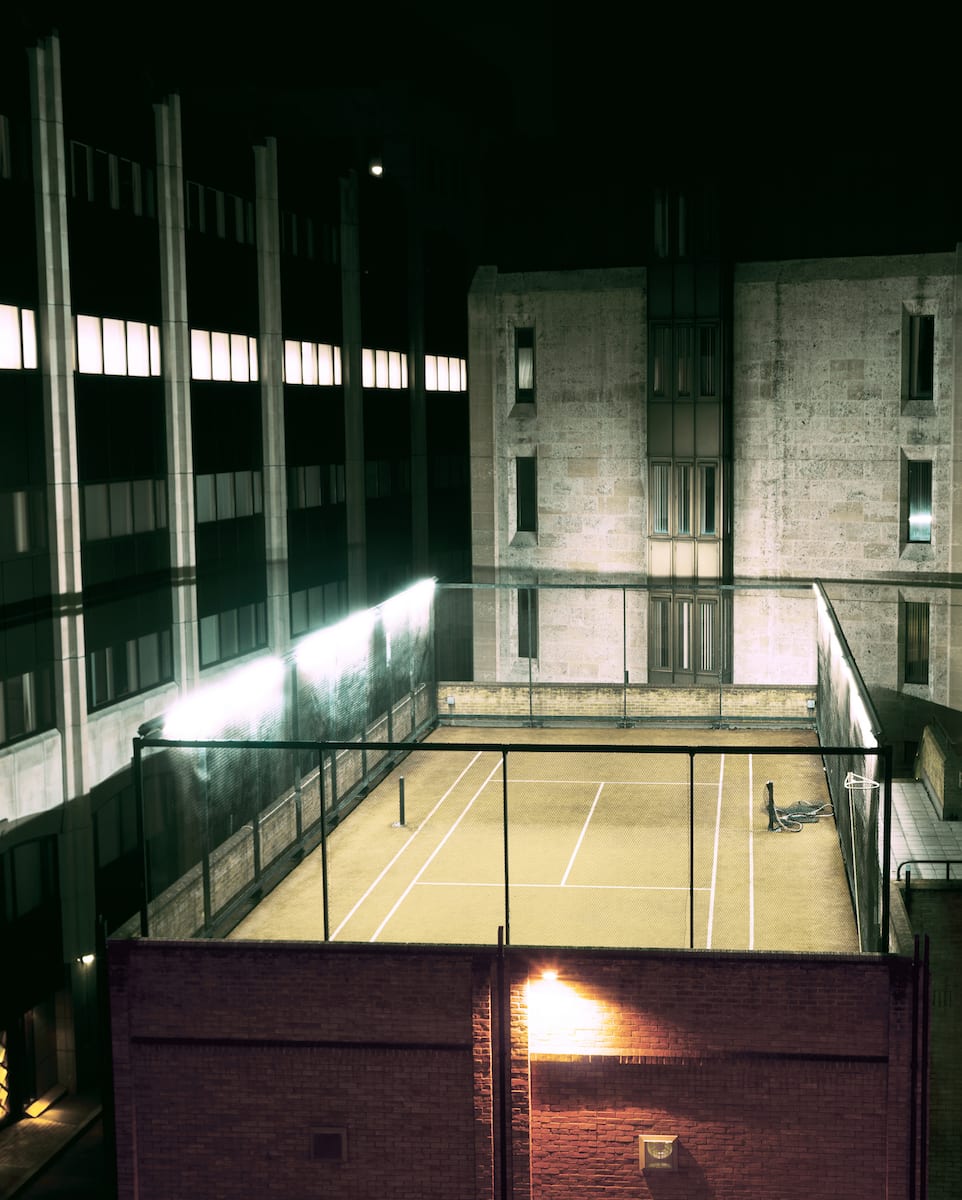
Luxemburg continued to photograph the city in the early-2000s. “It began with a text that I discovered on a staircase near the Thames,” she says. “The writing was indecipherable. The author had clearly tried to erase it and yet this trace of communication, this Derridean postcard, started me on a journey to capture the immersive and lyrical potential of London.” Inspired by the German poetry of Hölderlin, the photographer moved from focusing on the built environment of the city, to explore an immersion in urban space. The resulting series Liebeslied: My Suicides seeks out the ephemeral elements of the capital: water and nature illuminated by the strange light of the city at night.
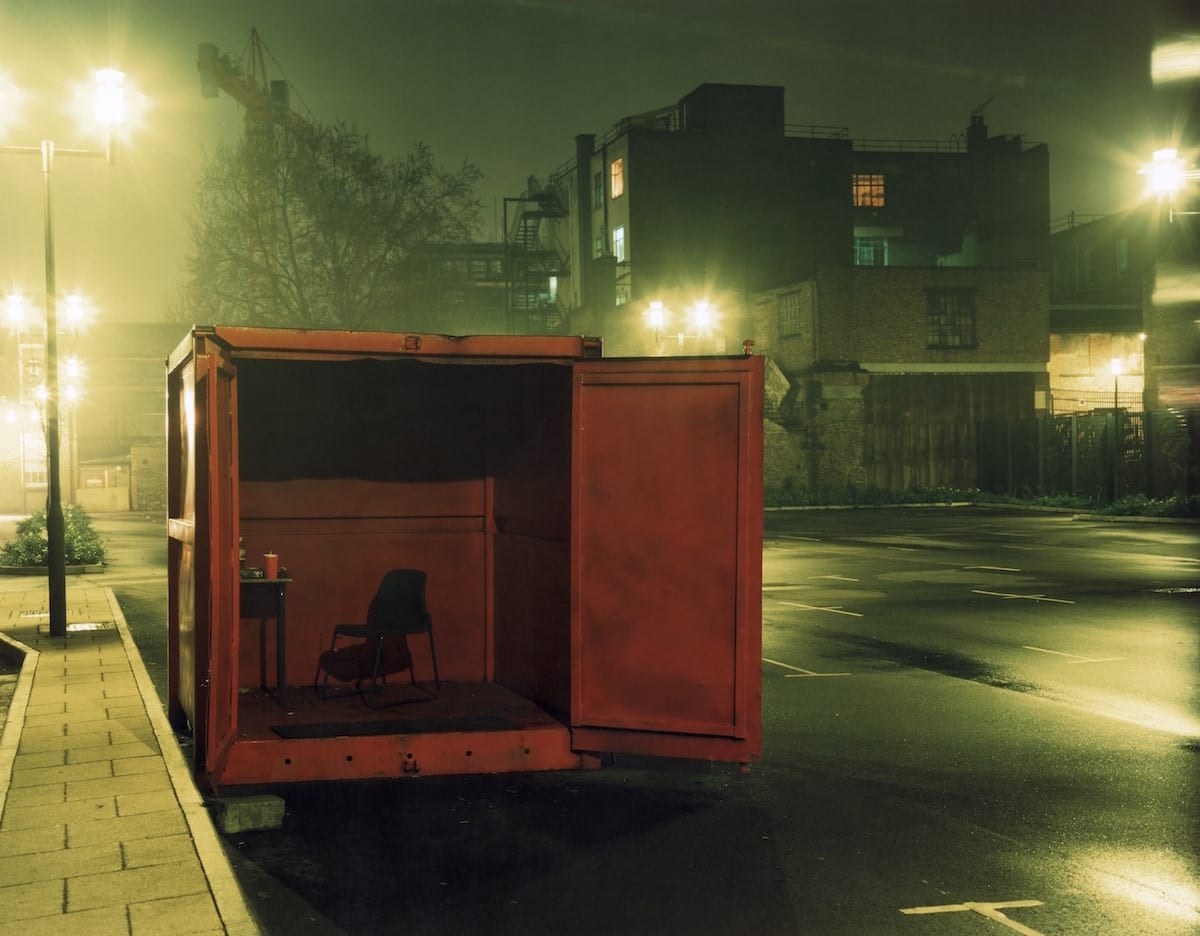
“Liebeslied means love song in German,” says Luxemburg. The project encapsulates the photographer’s changing relationship to the city and exists as a visual love song dedicated to it. Where London: A Modern Project offered an outward study of the solid structures of modernity, Liebeslied: My Suicides evokes a sense of Luxemburg’s immersion in her surroundings. From rain collecting in gutters, to overspill from the Thames, water exists as an emblem of this throughout. In the image A Girl from Elsewhere, which will be on show at London Nights, liquid streams across the surface of a pavement. Bathed in the yellow light of a street lamp, the photograph epitomises the unique colour palette that has come to define Luxemburg’s work.
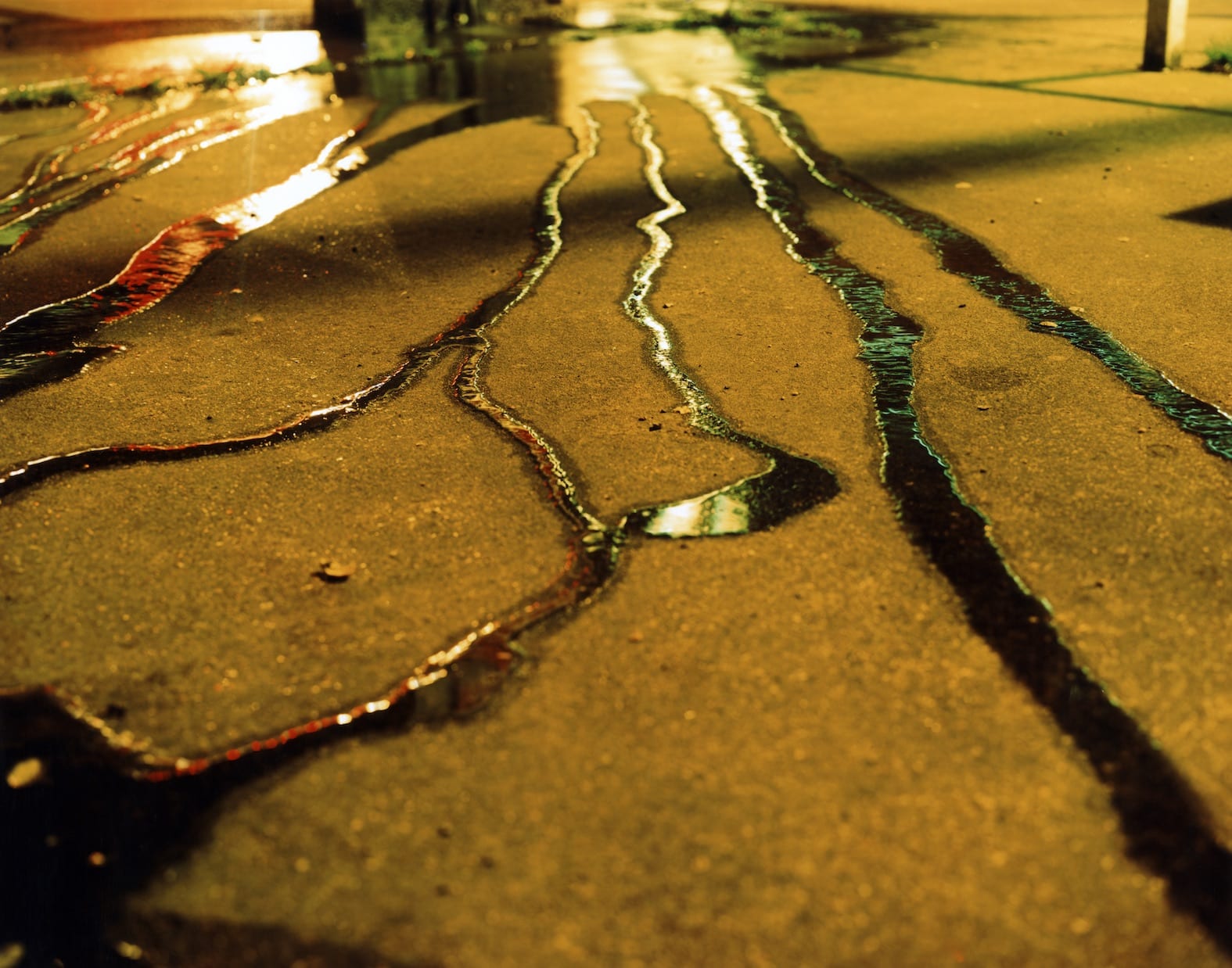
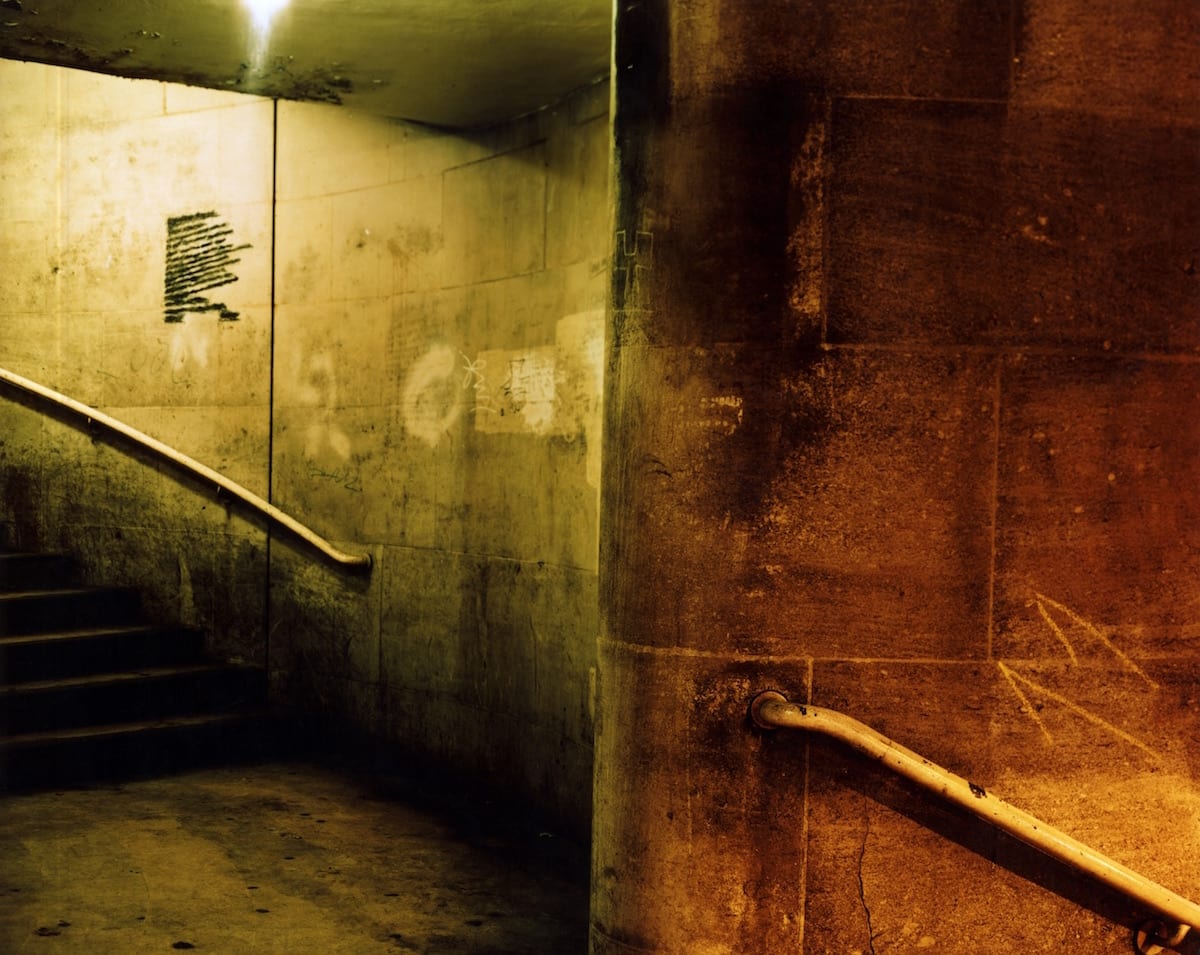
Choosing to photograph the capital after dark has allowed the photographer to present the city from new perspectives, liberating spaces and structures from their conventional contexts. “My approach to urban photography was founded on an attempt to deconstruct the dominant visual accounts and create different narratives,” she explains. “But photographs are not just a record of a moment of time passed, they can also be an imagination or visual premonition of possible futures.” Her most recent project, London Dust, does just that. Capturing the weathered CGI images from an abandoned building site, it exists as a comment on the urban development dominating the city.
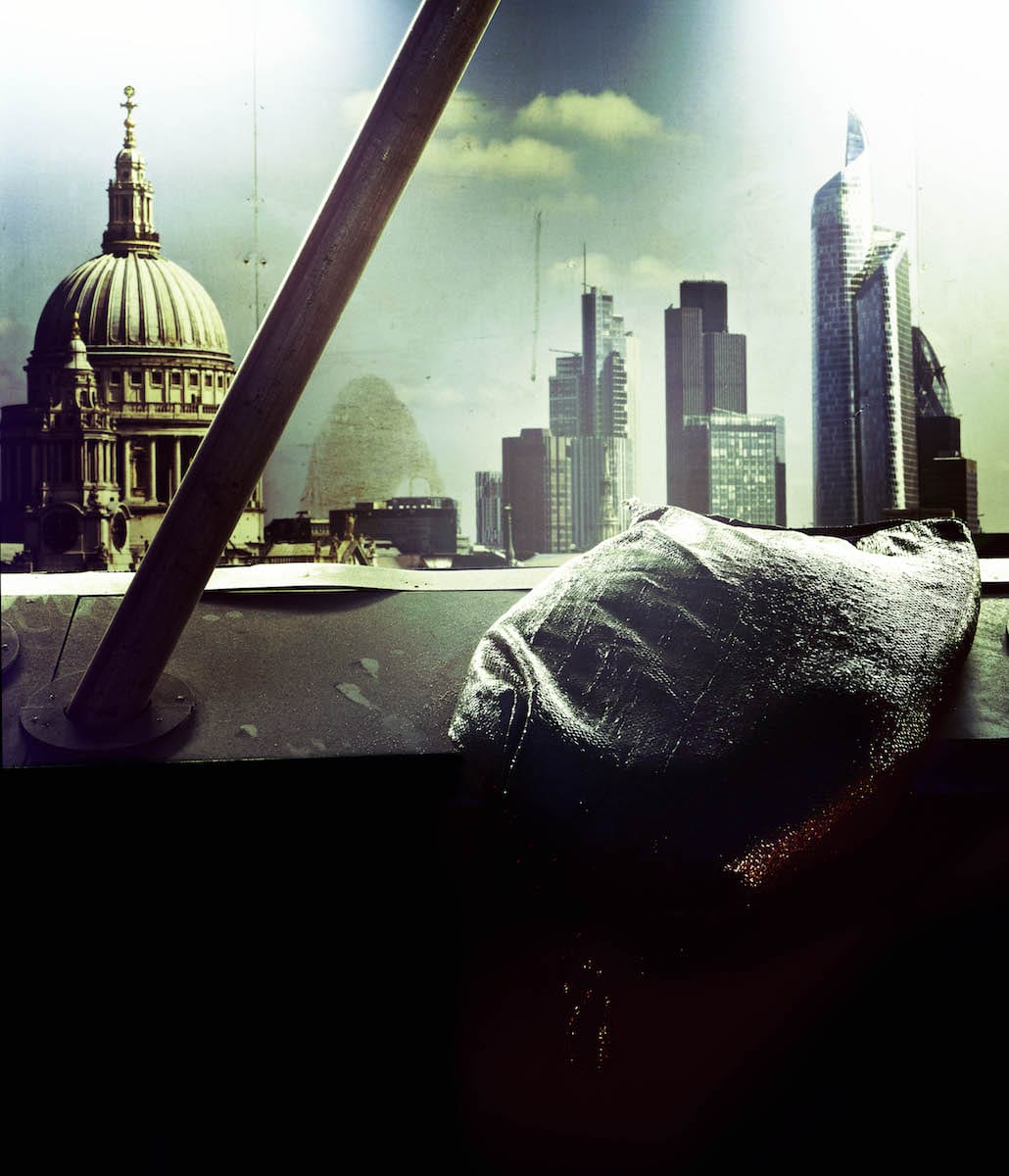
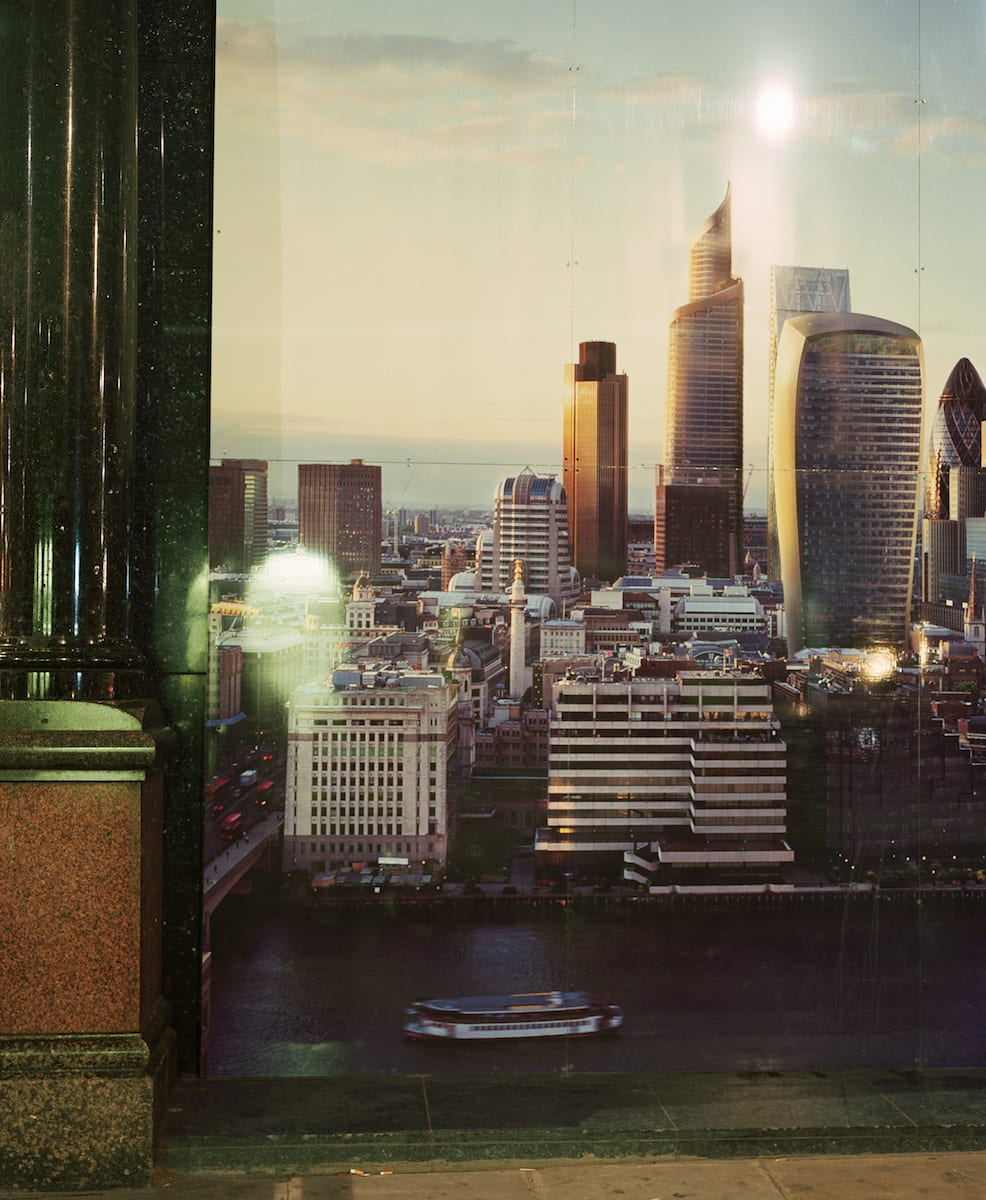
–
Dark Corners is a Museum of London competition supported by British Journal of Photography. Please click here for more information on sponsored content funding at British Journal of Photography.
